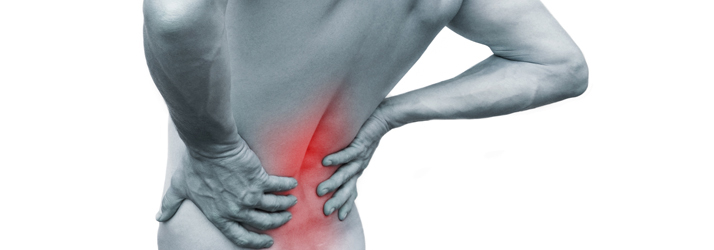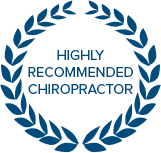Chiropractic Care For Spinal Pain Linked To Reduced Opioid Use

NEW YORK (Reuters Health) - Patients with back pain who receive chiropractic care are about half as likely to fill an opioid prescription in the next six years as are back-pain sufferers who don't see a chiropractor, new research shows.
The effect was strongest for patients who received chiropractic care within 30 days of being diagnosed, chiropractor James M. Whedon of the Southern California University of Health Sciences, in Whittier, and colleagues found.
"Our findings suggest that the benefits of chiropractic care also include a reduced risk of using opioid analgesics," Whedon told Reuters Health by email. "I say 'risk' because although an opioid prescription is a legitimate medical therapy and not an adverse outcome per se, it is a therapy that is associated with uncertain long-term benefits, and significant risk of drug abuse, overdose and death."
Several studies have suggested that chiropractic care may reduce opioid use, Whedon and his team note in Pain Medicine. Clinical guidelines now recommend non-pharmacological therapies as a first-line treatment for back pain, they add.
In a 2018 study using New Hampshire healthcare claims, the authors found patients with low back pain who received chiropractic treatment were 55% less likely to fill an opioid prescription than those who did not see a chiropractor.
In the new study, the authors looked at claims for Connecticut, Massachusetts, and New Hampshire from 2012-2017 for more than 100,000 adults seeking care for spinal pain. Using time-to-event analysis, they found that those who did not receive chiropractic care were between 1.55 to 2.03 times more likely to fill an opioid prescription during six years of follow-up, a significant risk increase.
The putative protective effect appeared stronger among patients who sought care within 30 days (acute group) than the non-acute group in Massachusetts (hazard ratio, 1.68 vs. 0.95, respectively) and New Hampshire (HR, 1.92 vs. 1.29). There were not enough non-acute patients in the Connecticut cohort to perform a statistical analysis.
Guidelines from the Council on Chiropractic Guidelines and Practice Parameters recommend two to three encounters per week for two to four weeks for chiropractic treatment of chronic low-back pain, the authors note.
"Multiple opportunities for patient-doctor interaction may allow the chiropractor to review clinical progress, advise on home exercise, ergonomics, and other self-management strategies, and provide reassurance, all of which may help improve outcomes and reduce the need for medication," they add.
"I think it is becoming clear that for folks suffering with spinal pain there are viable alternatives to taking drugs. The scientific evidence is unambiguous. Unfortunately, we still face a significant gap between science and practice," Whedon said.
"Across the U.S., patient access to effective non-pharmacological care is often limited due to variations in the supply of licensed clinicians, restrictions on scope of practice, and perhaps most importantly, inadequate insurance reimbursement.," he added. "These restrictions on access to care disproportionately affect the economically disadvantaged and may lead to health disparities."
"As Dr. Martin Luther King Jr. said, 'Of all the forms of inequality, injustice in healthcare is the most shocking and inhumane.' 25 million people suffer from back pain in the U.S. We need healthcare policies that make it possible for everyone to access the healthcare services they need and want," Whedon concluded.
| OFFICE HOURS |
| Monday | 8:00am - 6:00pm |
| Tuesday | 8:00am - 6:00pm |
| Wednesday | 8:00am - 6:00pm |
| Thursday | 8:00am - 6:00pm |
| Friday | 8:00am - 6:00pm |
| Saturday | Closed |
| Sunday | Closed |

Advanced Care Chiropractic and Rehab
3043 Boones Creek Road #107
Johnson City, TN 37615
(423) 929-2225




